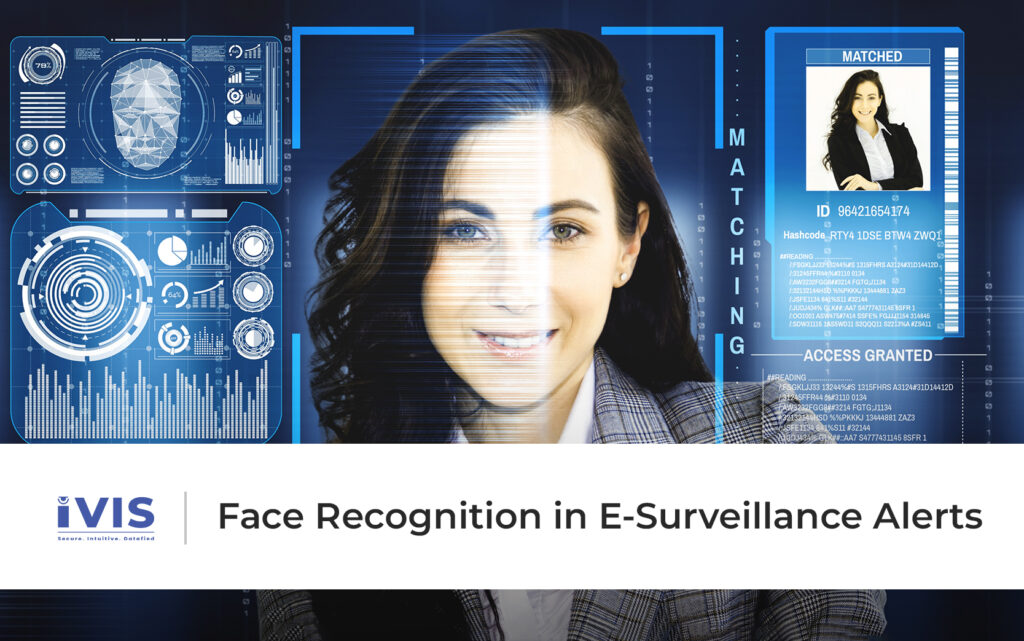Face Recognition in E-Surveillance Alerts
The future of security is staring you in the face. Face recognition now plays a key role in modern e-surveillance alerts. It transforms how organizations respond to threats, manage access, and safeguard people. Advanced systems are on the rise. Outdated surveillance tools no longer meet the mark. A camera without intelligence is just a lens. Face recognition gives it context, accuracy, and speed.
E-surveillance alerts driven by facial data are fast, targeted, and highly actionable. It identifies trespassers, tracks employee movement, and flags matches from criminal databases. The technology empowers security teams to act when it matters. No more rewinding hours of footage. No more second guesses. Face recognition turns every captured frame into usable intelligence.

The Shift from Motion to Identity
Traditional e-surveillance alerts worked on basic motion detection or sensor triggers. A person walks into a restricted area, and the system beeps. But what if that person is authorized? What if it’s a cleaning staff member or an executive? Generic alerts overwhelm operators. They cause alert fatigue and lead to delays in responding effectively.
Face recognition brings in identity-based filtering. Instead of reacting to every movement, systems now differentiate between people. Authorized personnel are automatically verified. Unfamiliar faces trigger real alerts. Identity replaces motion as the metric for threat, cutting through the noise.
Real-Time Identification
Speed is everything in security. Face recognition systems identify individuals in real-time as they approach a location or enter a monitored zone. Integrated with e-surveillance alerts, the system cross-checks each detected face with a stored database in milliseconds. Known threats or watchlisted individuals are flagged immediately.
Precision becomes crucial in high-risk environments, such as airports, schools, data centers, and banks. Real-time alerts prevent threats from escalating. Security personnel receive instant data. They know who the person is, where they were seen, how long ago, and what action to take. One face scan can trigger a full chain of responsive measures.
Accuracy Backed by AI
The success of face recognition in e-surveillance alerts depends on accuracy. AI and machine learning power this precision. Facial features such as nose shape, eye distance, jawline, and bone structure are analyzed against massive datasets. The system learns from false positives, weather conditions, camera angles, and even aging.
Today’s face recognition systems claim up to 99.7% accuracy in ideal conditions, according to NIST. They can differentiate between identical twins. They adapt to mask-wearing or low-light environments. AI ensures the system goes beyond recognition. It understands each face with depth and context.
Automated Access Control
Face recognition is not just for spotting threats. It’s also redefining access control. Authorized individuals gain access without keycards or codes. They walk in with ease. The system matches their face with pre-approved data and unlocks doors, gates, or digital systems. No swiping. No forgetting credentials.
These access-based e-surveillance alerts also log every entry and exit, offering a clean audit trail. Facilities can define parameters such as access times, day-based permissions, and area-specific clearance levels. If someone tries to enter outside their approved time or location, the alert triggers automatically.
Reducing Human Dependency
Face recognition reduces the need for constant human monitoring. Operators no longer need to scan multiple screens, hoping to catch a threat. The system does it for them. It watches every face, compares it in real-time, and alerts security teams only when required.
The shift frees human resources for more strategic roles. Instead of sitting in control rooms all day, staff can handle investigations, patrols, or response coordination. AI-enabled e-surveillance alerts lower staffing costs while increasing efficiency.
Multi-Camera Coordination
Modern face recognition systems are no longer limited to a single feed. They coordinate across multiple cameras placed at different entry points or zones. If an individual shows up on Camera A and later on Camera D, the system instantly links the two events. This tracking creates a movement map.
Security teams know where someone entered, how long they stayed, and which areas they visited. If a flagged individual attempts to avoid detection by using a less frequented gate, the system still identifies them. This multi-angle tracking enhances situational awareness. It prevents potential breaches and improves crowd management in larger facilities.
Face Databases and Ethical Use
Face recognition systems rely on large databases. These can be custom (like employee rosters) or national (like law enforcement databases). Maintaining them requires regular updates, consent frameworks, and strict privacy controls.
Ethical use matters. Organizations must inform individuals when face recognition is active. Consent should be clear. Data storage requires strong encryption and restricted access. It must also comply with regulations such as GDPR and India’s DPDP Act. Transparency in how e-surveillance alerts are generated builds trust. It ensures the system is used for safety, not surveillance overreach.
Face Recognition at Scale
The scalability of face recognition makes it suitable for enterprises, smart cities, hospitals, and even gated communities. Systems can monitor thousands of faces per day without slowing down. Cloud integrations and edge computing reduce latency.
Facial alerts help large campuses manage parking access, visitor entry, and perimeter security with significant efficiency. There is no need for multiple verification systems. Everything stays centralized and seamless.
Even rural areas with low infrastructure can benefit. Edge-based cameras with embedded face recognition require no heavy bandwidth or high-power servers. Alerts are generated on-device and shared via mobile networks.
Facial Intelligence, Delivered by IVIS
The value of face recognition lies in how fast and accurately it turns visuals into action. In today’s world, every second matters. Face recognition-powered e-surveillance alerts enable quicker decisions and more timely intervention. These systems do not just detect movement. They understand identity, intent, and patterns.
The technology enhances every layer of modern security. It supports access control, real-time tracking, and threat recognition. IVIS provides advanced face recognition solutions as part of its e-surveillance services. These are offered in partnership with Scanalitix. Together, they bring next-generation video analytics to life. Cameras do not just see, they think.

